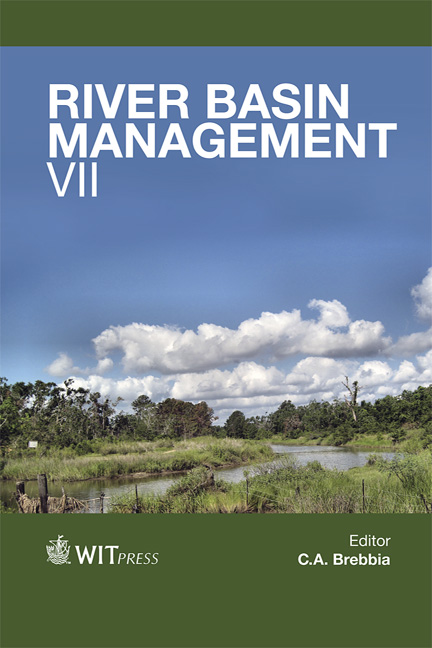Sustainable Solutions For Cost Effective Rainwater Harvesting In Nepal: Pilot Project STORAGE Realised In Kathmandu Valley, Patan
Price
Free (open access)
Transaction
Volume
172
Pages
9
Page Range
399 - 407
Published
2013
Size
1,511 kb
Paper DOI
10.2495/RBM130331
Copyright
WIT Press
Author(s)
Z. Boukalová & J. Těšitel
Abstract
According to official statistics more than a billion people in the world do not have access to a water supply. Groundwater resources face increasing pressure induced by particular land use practices and demand for drinking water. In some areas, groundwater levels have decreased, which has consequently negatively impacted on the quality of water. In the research work in Nepal, Kathmandu – Patan area, we focus on new methods of rainwater harvesting which are aimed to increase groundwater recharge. It is done in localities meeting two criteria – where the abstraction rate of groundwater exceeds that of natural infiltration, and where suitable hydrogeological conditions occur. The research strategy also included the socio-cultural aspect. In-depth understanding of local knowledge concerning historical practices of rainwater harvesting, as well as understanding the current community’s needs appear to be of crucial importance when trying to implement any new technology. Therefore, mapping the situation on particular (pre-selected) localities became the first step of our research strategy The paper reports on preliminary outputs achieved by the EUREKA project STORAGE, namely on our research, technological strategy and in-situ work, in particular pilot sites in Patan, Nepal. Keywords: rainwater harvesting, monitoring, groundwater, integrated water resources management, pilot communities, Nepal.
Keywords
Keywords: rainwater harvesting, monitoring, groundwater, integrated water resources management, pilot communities, Nepal.





